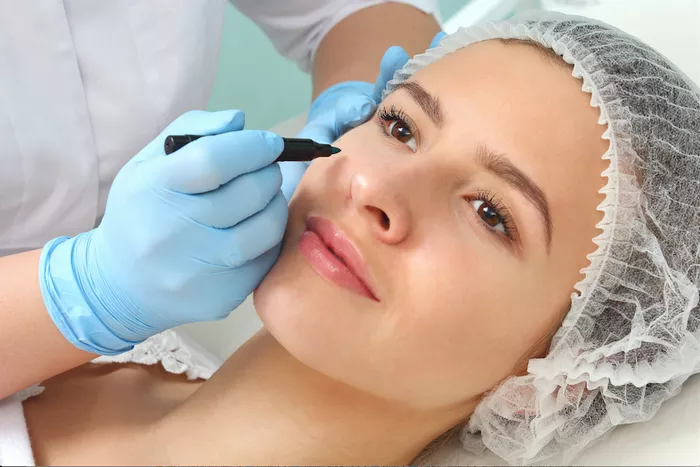Rhinoplasty, commonly referred to as a “nose job,” is a surgical procedure that aims to reshape or reconstruct the nose for both aesthetic and functional purposes. With the advancement of surgical techniques and technologies, rhinoplasty has become a popular choice for individuals seeking to enhance their facial appearance or alleviate breathing difficulties. This article delves into the factors that contribute to the success of nose jobs, the expectations patients should have, and the outcomes they can anticipate.
Understanding Rhinoplasty: A Brief Overview
Rhinoplasty is a nuanced procedure that requires a skilled surgeon to balance both aesthetic and functional considerations. It can address a range of concerns, including changing the size, shape, and proportion of the nose, correcting deformities, improving nasal breathing, and enhancing overall facial harmony. Whether for cosmetic or medical reasons, the success of a nose job is measured by a combination of patient satisfaction, functional improvement, and aesthetic enhancement.
Factors Influencing Rhinoplasty Success
Several factors play a crucial role in determining the success of a rhinoplasty procedure:
Surgeon’s Expertise: The skill and experience of the surgeon are paramount. A qualified and experienced surgeon will assess the patient’s facial structure, discuss realistic goals, and perform the surgery with precision.
Communication and Expectations: Open communication between the patient and surgeon is vital. Realistic expectations and a clear understanding of what can be achieved are key to a satisfactory outcome.
Patient’s Anatomy: The patient’s nasal anatomy and facial proportions significantly impact the surgical plan. A successful outcome requires harmonizing the changes with the individual’s unique features.
Surgical Techniques: Advancements in surgical techniques, such as open vs. closed rhinoplasty, play a role in achieving desired results while minimizing scarring and recovery time.
Healing and Recovery: Proper post-operative care, adherence to recovery guidelines, and the body’s healing response all contribute to the final results.
Setting Realistic Expectations
Managing expectations is crucial for both patients and surgeons. While rhinoplasty can achieve significant improvements, it is essential to understand that no surgery can create absolute perfection or completely change one’s appearance. A successful nose job should enhance natural features and create facial harmony, rather than attempting to achieve a certain “ideal” look.
Patients should be aware of the following:
Aesthetic Limitations: Each person’s facial anatomy is unique, and not all desired changes may be feasible while maintaining a balanced appearance.
Healing Process: Swelling, bruising, and minor asymmetries are common during the healing process. Final results may take several months to fully develop.
Realistic Expectations: A skilled surgeon will guide patients towards realistic goals that align with their facial proportions and features.
Measuring Success: Aesthetic and Functional Outcomes
The success of a rhinoplasty procedure is evaluated based on both aesthetic and functional outcomes:
Aesthetic Results: A successful nose job should result in improved facial harmony and balance. The nose should complement other features, and changes should appear natural rather than overly altered.
Functional Improvements: In cases where rhinoplasty is performed to address breathing difficulties, success is measured by improved airflow, reduced congestion, and overall better nasal function.
Patient Satisfaction and Post-Operative Care
Patient satisfaction is a fundamental measure of rhinoplasty success. While the surgeon’s role is vital, patients also have responsibilities:
Follow Recovery Guidelines: Adhering to post-operative care instructions, attending follow-up appointments, and being patient during the healing process contribute to optimal results.
Healthy Lifestyle: Maintaining a healthy lifestyle with proper nutrition and avoiding factors that could compromise healing, such as smoking, is essential.
Conclusion
Rhinoplasty, or a “nose job,” can be a transformative procedure that enhances both appearance and function. Success is achieved through a combination of factors, including the surgeon’s expertise, patient expectations, realistic goals, and proper post-operative care. Patients seeking rhinoplasty should consult with a board-certified surgeon who prioritizes communication, safety, and achieving harmonious results that complement the individual’s unique features.


